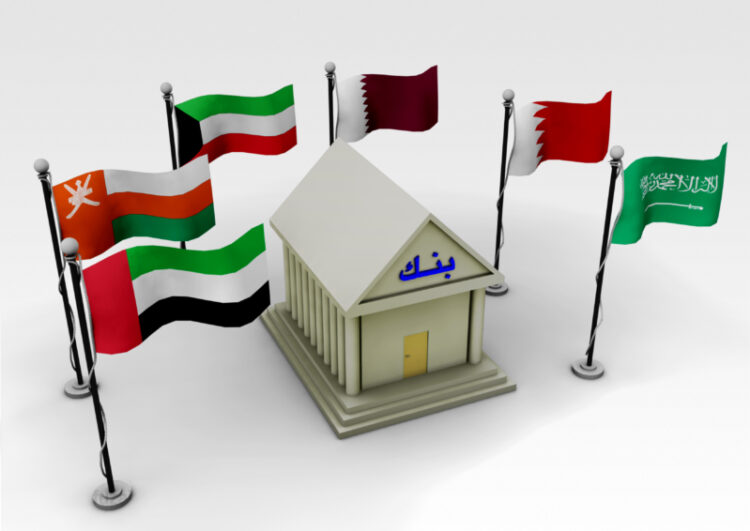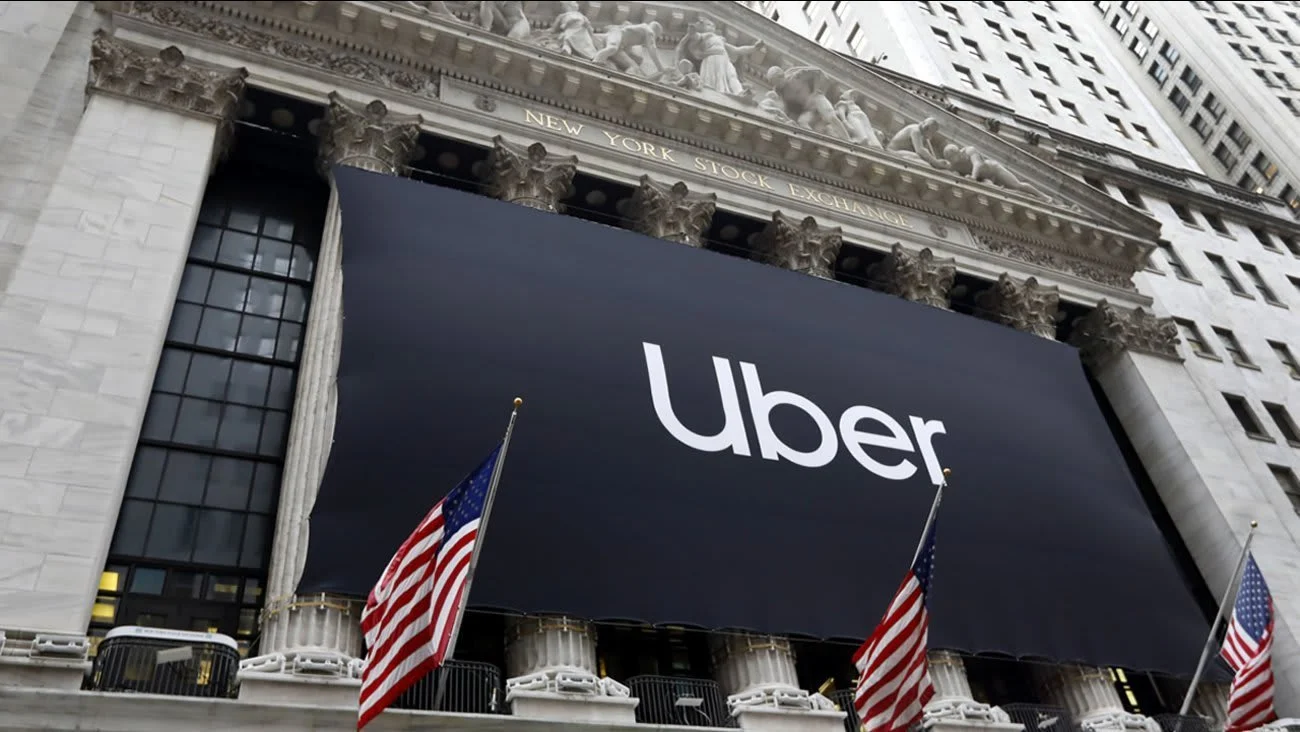Publisher: Maaal International Media Company
License: 465734
S&P: Gulf banks perform well, benefiting from their asset quality
اقرأ المزيد
A report by Standard & Poor’s credit rating agency S&P revealed that Gulf banks performed well, benefiting from the quality of their assets, their possession of strong capital, and sufficient liquidity that strengthens their balance sheets. This positive performance is expected to continue in 2025, although it may be slightly affected by the decline in interest rates.
However, an unexpected rise in geopolitical risks or a sharp decline in oil prices may negatively affect the creditworthiness of Gulf banks, but they may be able to face these challenges with a relative degree of resilience.
The report said that the average price of Brent crude is expected to reach $75 per barrel in the last quarter of 2024, which may have a positive impact on the economies of the Gulf countries. The report expected that the Gulf countries will benefit from major projects including the economic transformation program in the Kingdom, expanding gas production in Qatar, implementing reforms in Bahrain and the Sultanate of Oman, and the good performance of the non-oil sectors in the UAE and Bahrain.
The report also indicated that Gulf banks are expected to continue to grow their loans without causing major economic imbalances, adding that lending will range at high rates ranging between 8% and 9% in the Kingdom and the Emirates, and at rates ranging between 3% and 6% in the rest of the Gulf countries.
The report explained that the percentage of non-performing loans in Gulf banks remained between 3% and 4% despite the economic shock resulting from the Covid-19 pandemic, benefiting from regulatory facilities and improved economic conditions. Old non-performing loan write-offs also helped.
The report indicated that banks benefited from their strong profits achieved after the pandemic to continue to maintain additional provisions, which enabled them to provide protection against any potential future shocks. The agency expected asset quality indicators to remain broadly stable over the next 12-24 months, adding that pressures will continue in markets such as Qatar, which is suffering from a shortage of supply in the real estate sector after the end of the 2022 FIFA World Cup.
Regarding profitability, S&P reported that profit margins have improved thanks to higher interest rates, while the cost of risk is slowly rising in some countries as banks use excess profitability to prepare for potential shocks or to cover risks associated with riskier exposures outside their countries. It added that banks continue to demonstrate strong efficiency, benefiting from lower labor costs and increasing digital transformation.
According to the report, the US Federal Reserve is expected to cut interest rates by 225 basis points by the end of 2025, and the report indicated that the overall impact of lower interest rates on profitability will be negative, explaining that it may reduce unrealized losses in securities portfolios and financing guarantees for banks that rely heavily on external financing. In addition, the report finds that based on the agency’s assumption that interest rates will decline by 225 basis points by the end of 2025, it expects an average impact of 25-50 basis points on the profit margins of Gulf banks as follows: 20-30 basis points for Bahrain, 30-50 basis points for Kuwait, 10-20 basis points for Oman, 10-/+ basis points for Qatar, 20-30 basis points for Saudi Arabia, and 40-60 basis points for the UAE.









